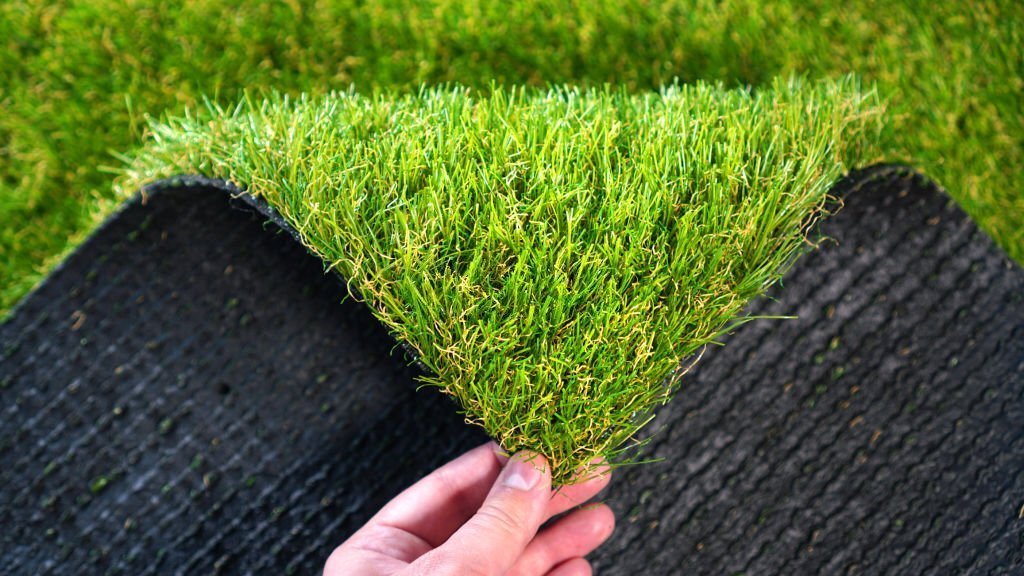Hydrofoil SUP: Performance in Low Wind Conditions

Stand-up paddleboarding (SUP) has evolved significantly over the years, and one of the most exciting advancements is the introduction of the hydrofoil SUP. This innovative board combines the traditional stand-up paddleboard with a hydrofoil, allowing riders to glide above the water’s surface. While hydrofoil SUPs are often associated with high-speed thrills and strong winds, many enthusiasts wonder how well they perform in low wind conditions. In this article, we’ll explore the capabilities of hydrofoil SUPs in such scenarios and provide insights into their performance.
Understanding Hydrofoil SUPs
A hydrofoil SUP integrates a hydrofoil—a long, slender wing mounted below the board—with the traditional SUP setup. When the board moves forward, the hydrofoil generates lift, elevating the board above the water’s surface. This setup reduces drag and allows for a smoother, faster ride even in choppy water. Hydrofoil SUPs have gained popularity among surfers, recreational paddlers, and competitive athletes for their unique ability to offer a sensation of flying above the water.
Performance in Low Wind Conditions
While hydrofoil SUPs are often celebrated for their performance in strong winds and waves, they also have distinct advantages in low wind conditions. Here’s a breakdown of how hydrofoil SUPs fare when the breeze dies down:
Efficiency in Glide
One of the key benefits of using a hydrofoil SUP is its efficiency in glide. The hydrofoil reduces drag, which means the board can maintain speed and momentum with less effort. This characteristic becomes particularly advantageous in low wind conditions where traditional SUPs might struggle to catch and maintain speed. With a hydrofoil SUP, paddlers can still enjoy a smooth and relatively fast ride even when the wind is not in their favor.
Paddling Technique
In light winds, the technique used by paddlers becomes more critical. With hydrofoil SUPs, riders need to focus on maintaining a steady, continuous stroke to keep the board moving forward. The reduced resistance of the hydrofoil helps in this regard, but a consistent paddling rhythm ensures that the board remains in motion. Paddlers might find that they need to adjust their technique slightly compared to riding in higher winds, but the overall experience remains enjoyable.
Handling and Stability
Hydrofoil SUPs are designed to offer a stable ride, even in varying conditions. In low wind situations, the board’s stability can be a double-edged sword. While the hydrofoil provides a smooth ride, the reduced wind might mean less natural assistance in maintaining balance. Riders should be prepared to adapt to a more hands-on approach, focusing on their stance and weight distribution to keep the board steady.
Wave Interaction
Without the power of strong winds, waves might not be as pronounced. Hydrofoil SUPs are still capable of handling small to medium-sized waves effectively. The hydrofoil’s ability to lift the board above the water can make navigating smaller waves and swells more manageable, even in calm conditions. Paddlers can still experience the thrill of riding waves, though the experience might differ compared to more dynamic wind and wave scenarios.
Versatility and Fun
Despite the reduced wind, hydrofoil SUPs can offer a versatile and enjoyable experience. Many riders appreciate the ability to glide smoothly and explore various water conditions, from flat water to small swells. The hydrofoil’s design allows for a unique form of paddling that can be fun and engaging, regardless of the wind’s strength. Riders can experiment with different maneuvers and techniques, discovering new ways to enjoy their time on the water.
Optimizing Your Experience
To make the most of a hydrofoil SUP in low wind conditions, consider a few tips:
- Stay Consistent: Keep a steady paddling rhythm to maintain momentum. This approach helps counteract the lack of wind and ensures a smooth ride.
- Adjust Technique: Be prepared to refine your paddling technique and stance for better balance and efficiency.
- Embrace the Calm: Take advantage of the tranquil conditions to explore different paddling techniques and enjoy a different perspective on the water.
Conclusion
Hydrofoil SUPs are often associated with high-speed excitement and strong winds, but they also offer impressive performance in low wind conditions. Their efficient glide, stability, and ability to handle small waves make them a versatile choice for a variety of paddling scenarios. While paddlers may need to adjust their techniques and expectations, the unique experience of riding a hydrofoil SUP remains enjoyable regardless of wind strength. Whether you’re a seasoned hydrofoil rider or a curious newcomer, experimenting with a hydrofoil SUP in calm conditions can reveal new aspects of this innovative sport.






